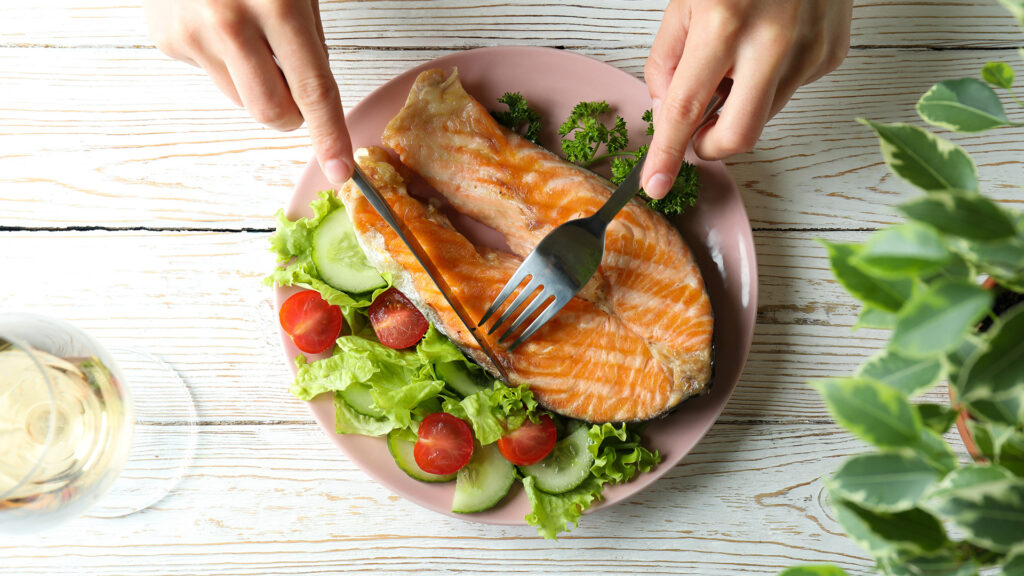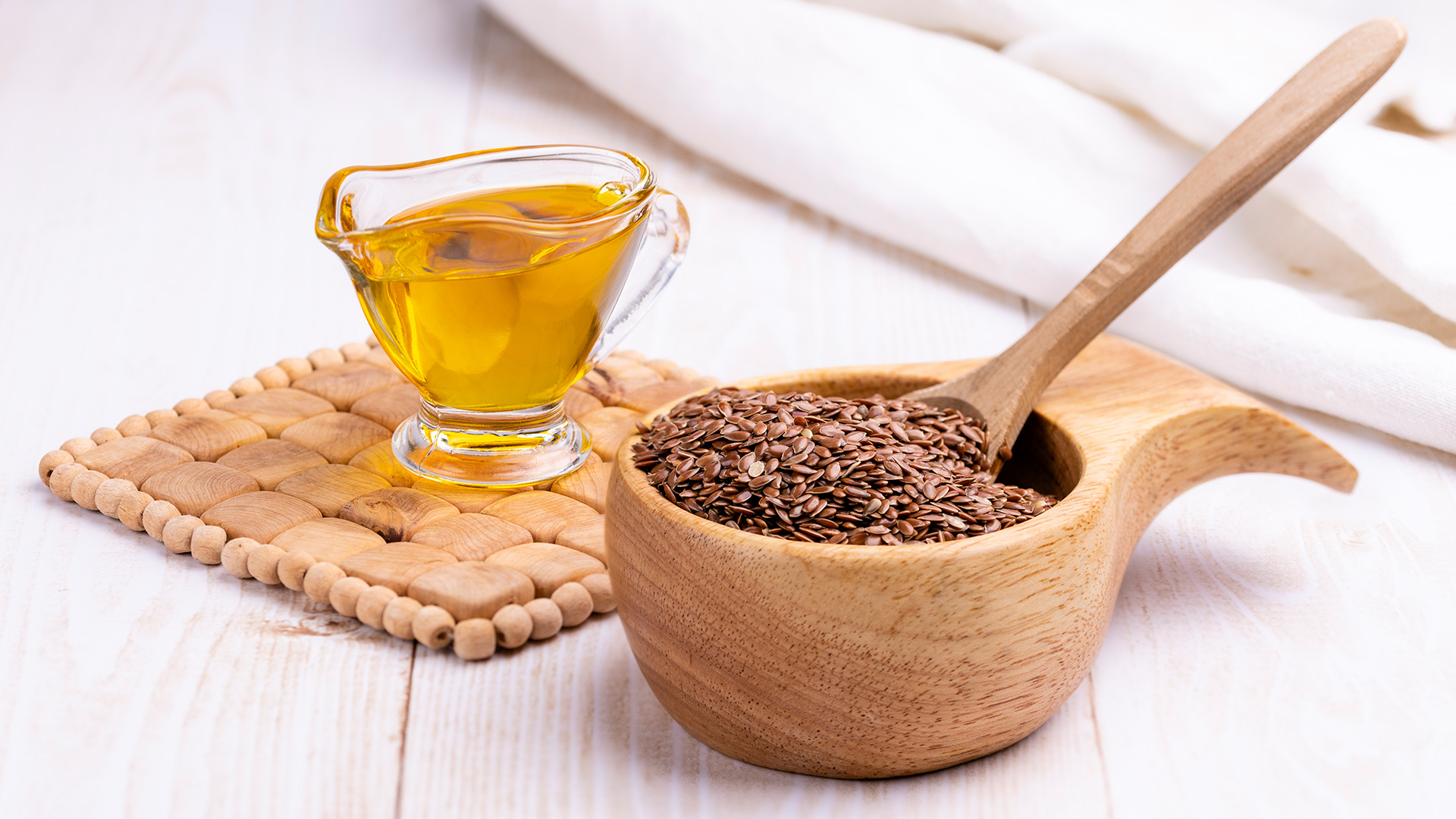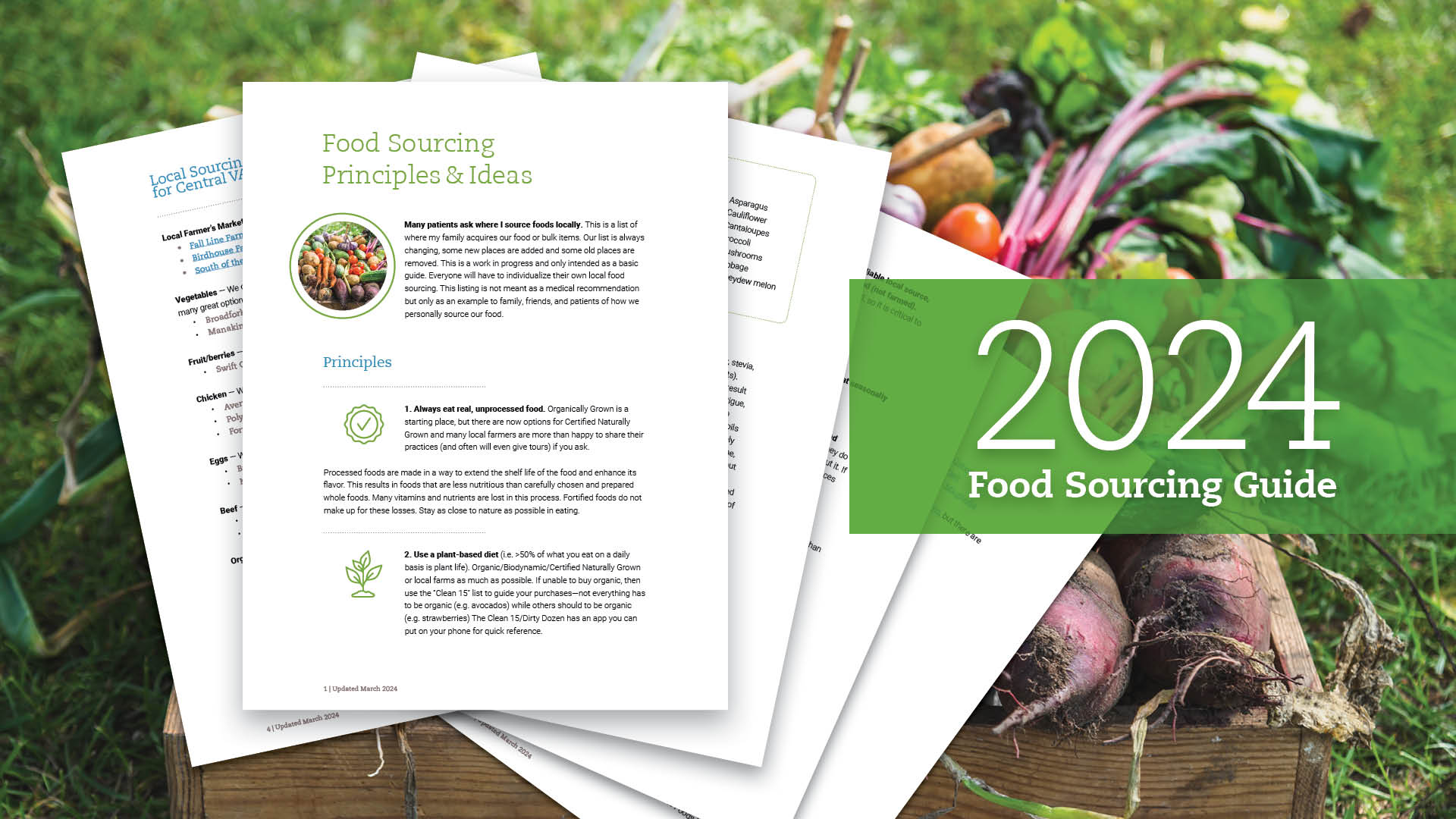
Subscribe
Never miss out on new content from Dr. Hartman.
 Did you know that most Americans are deficient in omega-3s? One of the most common nutritional recommendations our doctors make is to increase omega-3 intake.
Did you know that most Americans are deficient in omega-3s? One of the most common nutritional recommendations our doctors make is to increase omega-3 intake.
If your doctor has asked you to bump up the omega-3s, this is for you. And even if not, chances are that the rest of us could stand to benefit significantly by increasing our intake of these essential fats.
What’s the big deal about omega-3s? Can they really have an impact on your health? And how can you get more of them into your diet?
Why are Omega-3s So Important?
Omega-3 fatty acids are not just nice to have; our bodies need them for critical functions. That is why our doctors routinely run tests on new patients to measure these essential nutrients. Since our bodies don’t produce omega-3s, we have to get them from food.
What roles do omega-3s play in our body?
- They are key components in our brains and support memory and learning.
- Omega-3s are a major component of the retina.
- They play a role in blood clotting.
- They improve blood vessel function.
- They influence gene expression.
- They support joint health.
- They play an important role in mental health.
Can Omega-3s Have a Real Impact on My Health?
The evidence is mounting that increasing our intake of omega-3s can be beneficial for nearly every part of our bodies, from our cognitive function to building lean muscle mass and improving body composition.
Dr. Hartman has written about omega-3s here on the blog and how he uses them in his practice to:
- Support detoxification with lipid therapy for patients with Chronic Inflammatory Response Syndrome (CIRS)
- Support mental resilience in people with anxiety and/or depression
- Reduce the risk of Alzheimer’s disease, even in people with the APOE4 gene
- Improve glycemic control and metabolic health
- Treat insulin resistance
We know that omega-3s can reduce triglycerides, protect us against cardiovascular disease, and promote brain health. There is also interesting new literature starting to show the effect of omega-3s on muscle protein synthesis. These findings are still preliminary and need to be studied further, but more and more research is shedding light on the promising effect of omega-3s on protecting against muscle-loss, slowing muscle atrophy during immobilization, and even supporting muscle growth and body recomposition.
There are even several studies showing that Omega-3 fatty acids may support strength gains, increase fat oxidation during exercise, and quicken gait speed in older adults.
How Can I Add More Omega-3s Into My Everyday Life?
 When you think about omega-3s, think SMASH!
When you think about omega-3s, think SMASH!
- Salmon
- Mackerel
- Anchovies
- Sardines
- Herring
These fatty fish are the best sources of omega-3s. However, you can also find these essential nutrients in some plants like flax seeds, chia seeds, and walnuts
Beyond eating fatty fish for dinner, here are a few ideas to boost your omega-3 intake:
- Eat sardines for lunch – they’re easy to pack and a great source of protein too
- Whip up a simple caesar dressing with anchovies
- Keep frozen, wild-caught fish in your freezer for a quick and easy meal option
- Add ground flax or chia seeds to oatmeal, yogurt, salads, or smoothies
- Keep walnuts in a lidded jar on your counter next to the fruit bowl for an easy snack option for the kids (note: they will go rancid if kept out too long, so only leave out a few and stash the rest of the bag in the freezer)
- For more ideas on how to incorporate more flaxseeds into your diet, check out the post, What’s So Great About Flaxseeds?
Of course, a fish oil supplement is always an option to ensure that you’re getting plenty of these powerful fatty acids.
Hey Mom (or Dad) – This Note is For You!
 Fish for dinner might not be a favorite in your house. Trust me, I get it!
Fish for dinner might not be a favorite in your house. Trust me, I get it!
Don’t let that stop you from incorporating these important nutrients into your own diet. We know that it often takes kids many exposures to new foods before they will eat it. And they might not ever try it; that’s ok too!
Here are a few practical tips from a mom who managed to raise two healthy young adults, served fish regularly, and lived to tell the tale.
- If your family isn’t used to seeing fish on the table, break them in slowly. Try this pecan-crusted maple salmon to sweeten the deal. If you have really picky eaters with a sweet tooth, you might even drizzle a bit of extra maple syrup on top. Remember, you’re in this for the long game.
- Hunger is the best sauce. If you can skip the snacks for several hours before serving a new food it will definitely be received more eagerly.
- How about fish for lunch? Frozen individually-wrapped salmon filets are a great option or try some sardines!
- Decide that fish is your regular restaurant order. If cooking fish at home really isn’t your thing, you could resolve to order fish whenever you find yourself at a restaurant. That’s one less decision to make.
- If all else fails, you do you. When one of my teens regularly made a big stink when I increased the frequency of fish for dinner, I finally sought peace in the frozen food section of Costco. Yes, this health coach kept frozen pizzas in stock and my teens were free to help themselves on fish night. Sometimes they opted for the pizza and sometimes they didn’t. But it allowed me to give them some autonomy and still do what I needed to do for my own (and my husband’s) health.
I hope that this post has shed some light on the critical roles that omega-3s play in our health, and has given you some food for thought on how you might add more of them into your diet. Sometimes small tweaks in our diet can cause big shifts in our health trajectory. Such is the case with omega-3s.
What ideas do you have about how to incorporate more omega-3s into your routines? Leave a comment on Facebook or Instagram to let us know!

